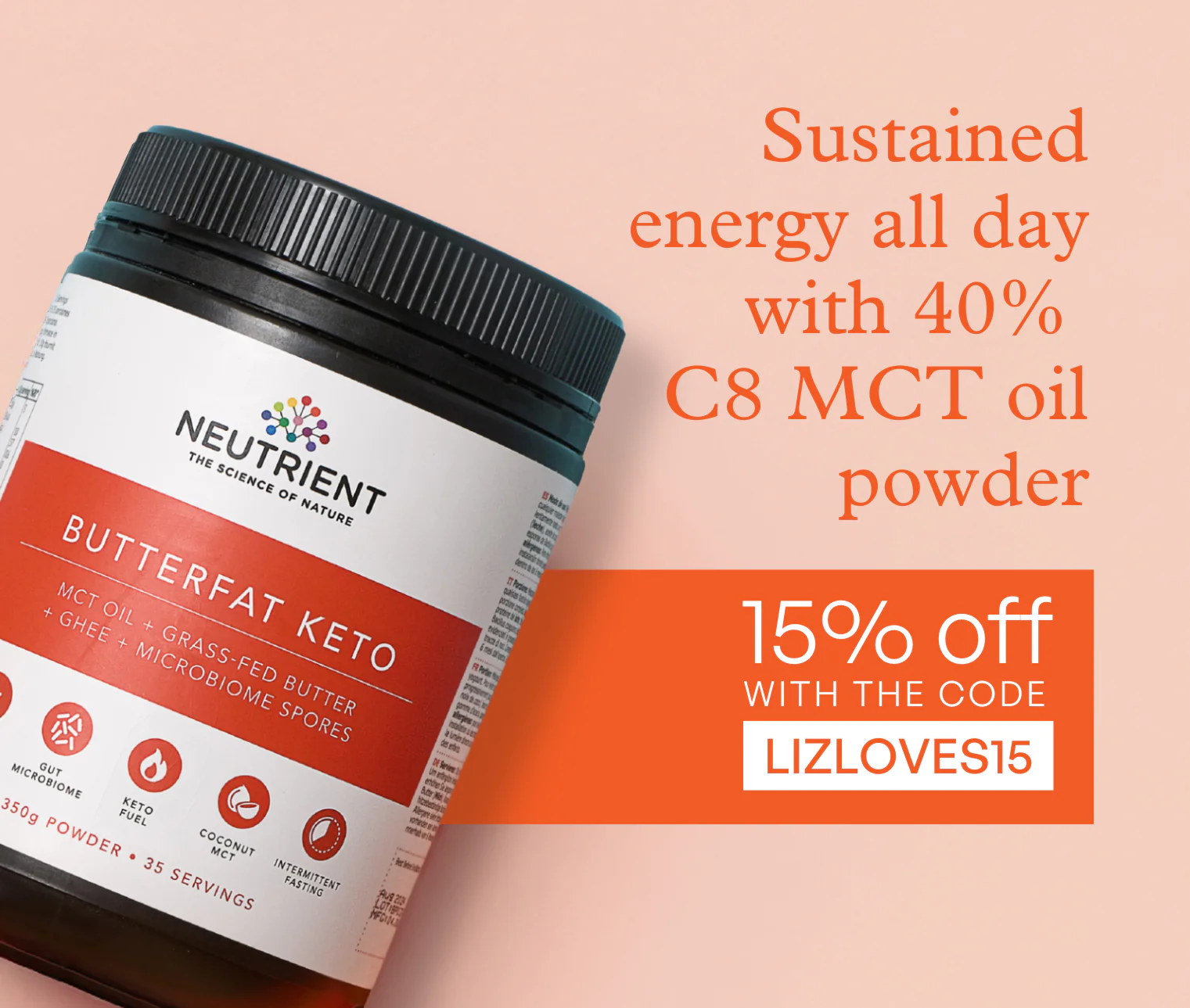Healthy Ingredients
The health benefits of eating dairy
Whether it’s because calcium is so important for bones, to top up good bacteria for a healthy gut, or simply down to the fact that a slice of ripe, soft cheese is so impossible to resist – Liz has always been convinced of the goodness of dairy.
Read on to find out about the health benefits of milk, butter, cheese and more with some fridge favourites.
The health benefits of eating dairy
Whole milk
There’s every reason to opt for creamy whole milk where the white stuff is concerned. It contains less fat than you might think (just 3.5%), and is a rich source of nutrients, particularly wen organic. A study published in the British Journal of Nutrition found that organic milk contains more heart-healthy omega-3 than conventional milk, and is also slightly higher in iron and vitamin E.
The NHS recommends that young people consume 800-1000mg of calcium a day, and adults 700mg a day for strong bones and teeth With 120mg in every 100g of milk, a glass can help us on the way to our daily target. The ‘Free Range Dairy Pasture Promise’ (from Asda and other retailers) label signifies milk that comes from cows which are mostly grass and forage-fed.
Live yoghurt
High in protein, plain whole milk yoghurt makes a smart and sustaining breakfast choice. Liz opts for live yoghurt where possible as it’s brimming with good bacteria to help the digestive system run smoothly. Try Yeo Valley’s. The brand’s special Left-Yeover flavours help prevent waste by using up organic fruit farmers’ leftovers, and raise money for FareShare which helps distribute surplus food to those in need, or you can try making your own live yogurt at home.
One of Liz’s favourite skin-friendly foods is kefir, a live yoghurt drink that’s traditional in the Middle East. It contains a protein called lactoferrin, which research has shown may help improve acne. To find out how you can make your own kefir, click here.
Pure butter
Pure butter is a staple ingredient in my household. Not only is it delicious, but it is also healthier than synthetic spreads and margarine. Its high saturated fat content means it’s a ‘stable’ fat (thanks to the way it’s made up of carbon and hydrogen) so makes a good choice for cooking.
It’s best enjoyed in moderation – 10g contains around 5g saturated fat, with guidelines recommending the average woman eats no more than 20g saturated fat a day. Liz makes her own ‘spread’ by blending equal amounts of softened butter with olive oil or rapeseed in a food mixer, and storing it in a tub in the fridge.
Soured cream and crème fraîche
Skimming the cream from the top of milk and allowing it to ferment naturally was the traditional way to make sour cream. Nowadays it’s produced in much the same way as yoghurt, by adding a culture to single cream. This culture produces lactic acid, which thickens the cream and gives it a tangy flavour.
Crème fraîche is the thicker, creamier French take on soured cream. As with other unpasteurised or fermented dairy products, soured cream and crème fraîche contain good bacteria, as well as being rich in calcium and protein.
Raw or unpasteurised cheese
Liz loves cheeses made from raw or unpasteurised milk. These include certain types of Brie, Camembert and goat’s cheese, but there are lots of others, with many produced by artisan cheesemakers. Because they haven’t been through the pasteurisation process (a heat treatment to kill bacteria), raw milk cheeses contain good bacteria and enzymes, which help promote gut health.
Raw or unpasteurised cheeses should always be marked as such, and the Department of Health recommends that particular groups* avoid eating cheeses made from unpasteurised milk, so always check the label.
Buttermilk
Traditional buttermilk is a by-product of butter-making, hence the name – it’s the liquid left behind when butter is churned out of cream. Today, most buttermilk is produced by adding bacterial cultures to conventional milk, however it’s possible to buy the real deal – Longley Farm (stocked by planetorganic.co.uk) makes it in the time-honoured fashion. Buttermilk is an ingredient in home-baked scones or soda bread, where it’s used for its pleasing tang, but can be sipped on its own or in a gut-friendly milkshake rich in good bacteria. Studies suggest it may help reduce blood pressure thanks to its ‘milk fat globule membrane’.
Find out more
Liz is an ambassador for the National Osteoporosis Society and an advocate for the society’s ‘A Message to My Younger Self’ campaign. The society advises that during childhood, adolescence and early adulthood, it is vital to maximise bone strength. By ‘banking’ plenty of bone in these years, our skeletons will be in a better position to withstand the loss of bone strength that occurs with advancing age. To learn more, visit nos.org.uk
*According to nhs.uk, children, those who are unwell, pregnant women and older people are particularly vulnerable to food poisoning and so should not have unpasteurised milk or cream, or some dairy products made with unpasteurised milk.
Read more articles like this
Wellbeing Wisdom
- Kefir contains a protein called lactoferrin, which may help improve acne
- Raw milk cheeses contain good bacteria and enzymes, which help promote gut health
- Studies suggest buttermilk may help reduce blood pressure thanks to its ‘milk fat globule membrane’





